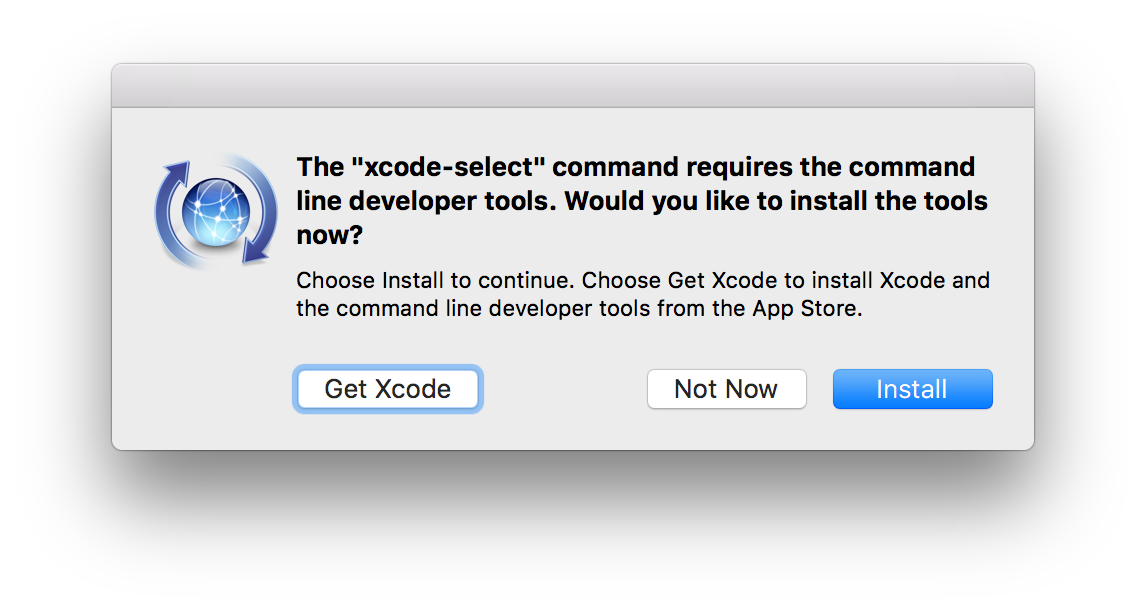In yesterday's tip, See sensor stats in Terminal, I implied that installation of the iStats ruby gem was a simple one-line command. As a commenter pointed out, that's only true if you already have the prerequisites installed. The prerequisites in this case are the Xcode command line tools. Thankfully, you can install those without installing the full 5GB Xcode development environment.
(Rather than starting from scratch, I'm just going to borrow this bit from my detailed instructions for installing the transcode-video tools, because the Xcode command line tools are required there, too.)
Here's how to install the command line tools. Open Terminal, paste the following line, and press Return:
xcode-select --install
When you hit Return, you'll see a single line in response to your command:
$ xcode-select --install xcode-select: note: install requested for command line developer tools
At this point, macOS will pop up a dialog, which is somewhat surprising as you're working in the decidedly non-GUI Terminal:

Do not click Get Xcode, unless you want to wait while 5GB of data downloads and installs on your Mac. Instead, click the Install button, which will display an onscreen license agreement. Click Agree, then let the install finish—it'll only take a couple of minutes.
If you're curious as to what just happened, the installer created a folder structure in the top-level Library folder (/Library > Developer > CommandLineTools), and installed a slew of programs in the usr folder within the CommandLineTools folder.
With the command lines tools installed, you can now install ruby gems…but rather than using the sudo gem install… command from yesterday's hint, you'd be better off installing a separate—newer—version of ruby, and using that for your gems—that way, you don't need to use sudo, and you leave the system ruby unmodified.
There are many ways to install your own version of ruby; I prefer to use Homebrew, which I've covered here quite often in the past. There's also MacPorts and Ruby Version Manager. Pick one you like, and you'll be able to run a newer version of ruby and install gems with the non-escalated-privileges gem install gem_name command.
Success! Thanks.
I had to spell istats "iStats", but gem suggested it after "istats" wasn't found.
Good catch, fixed.
thanks;
-rob.
Comments are closed.